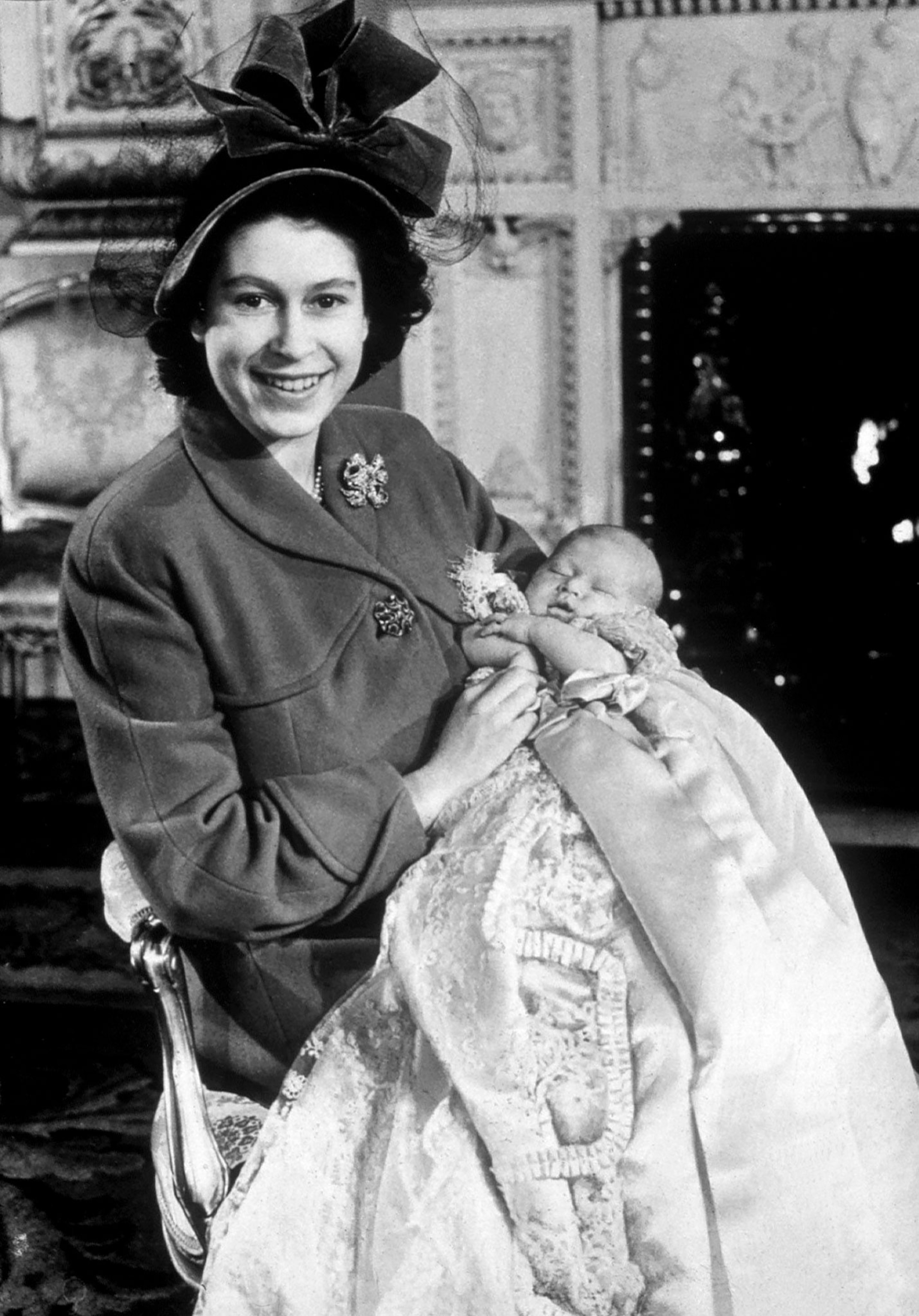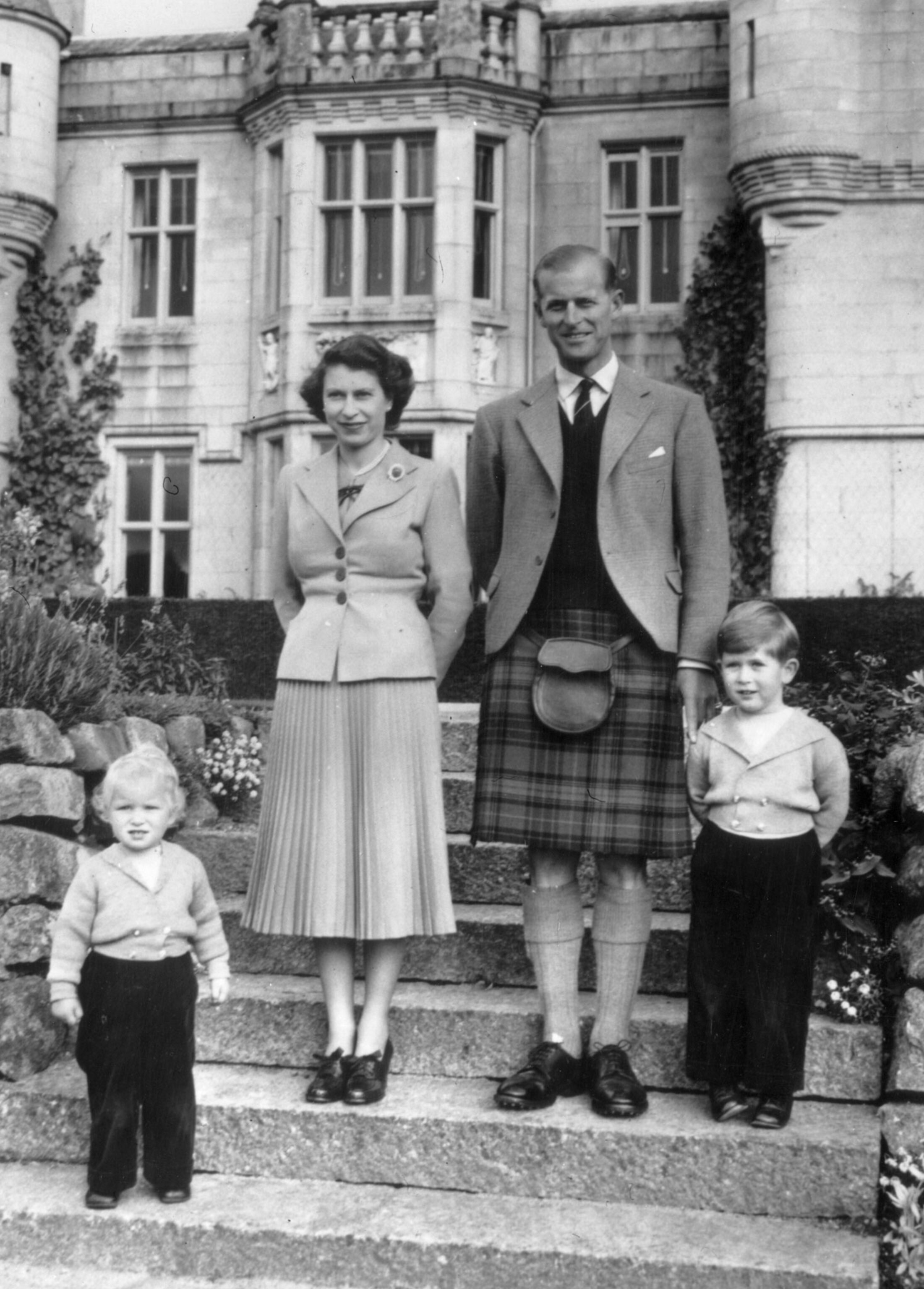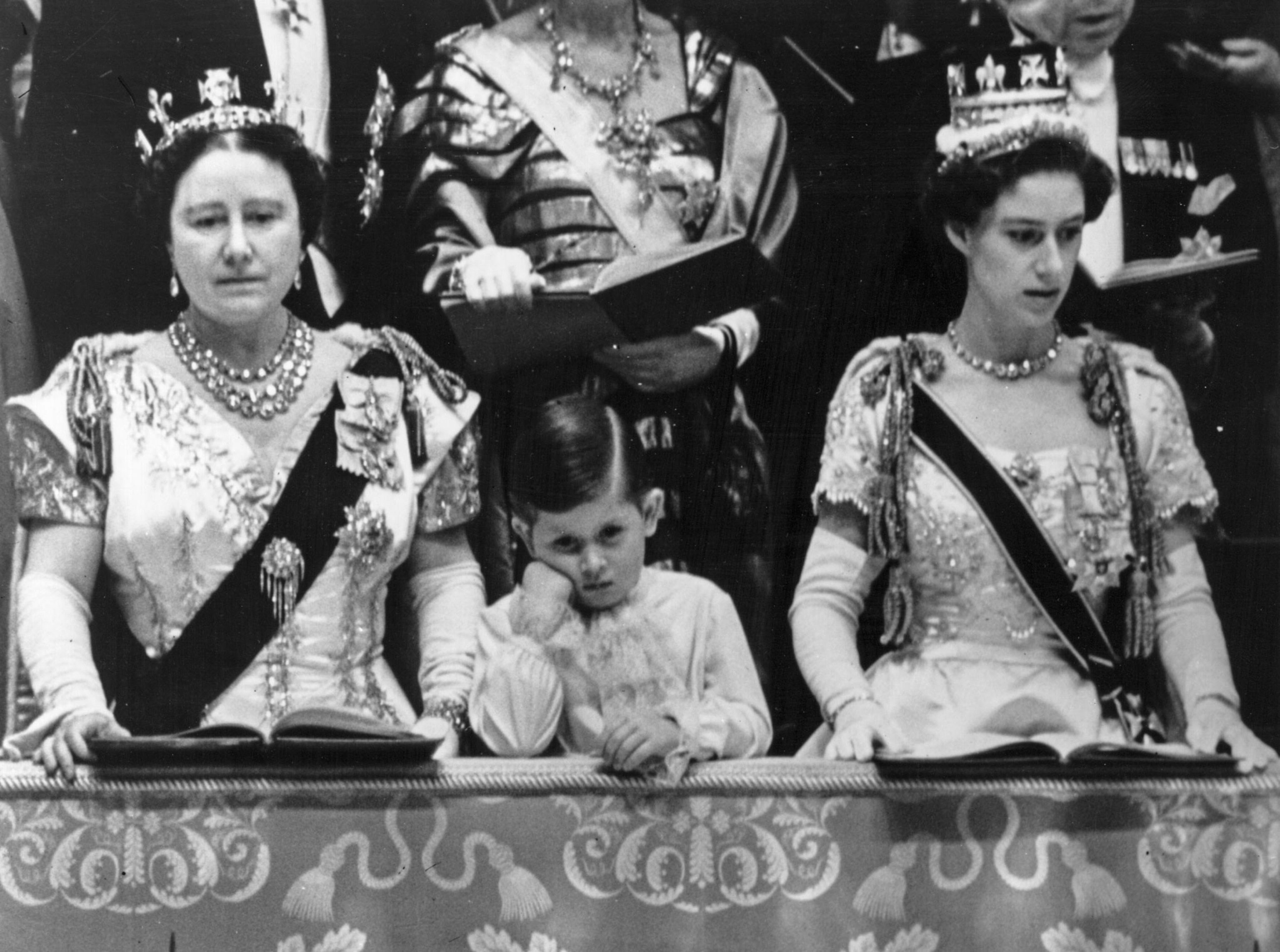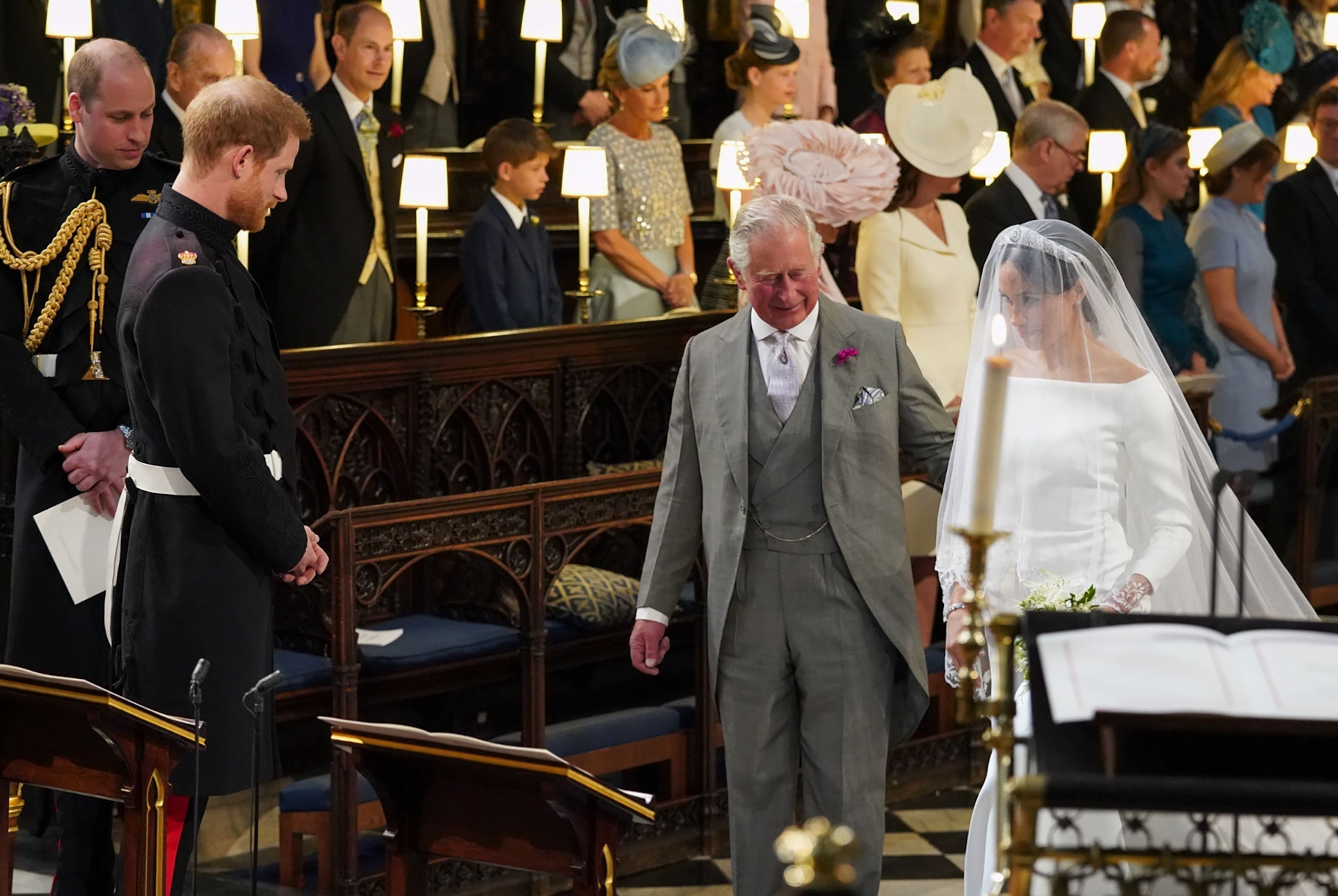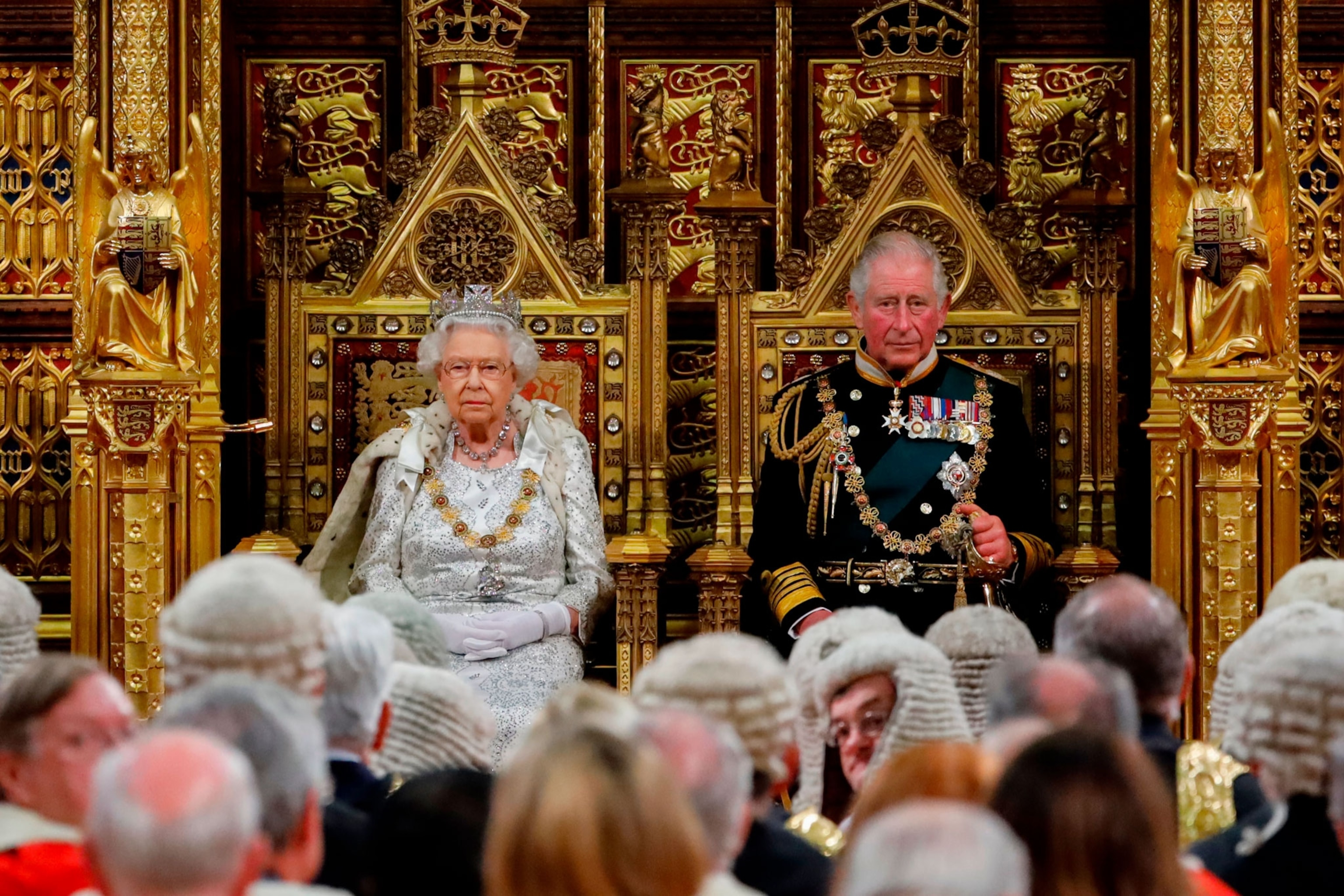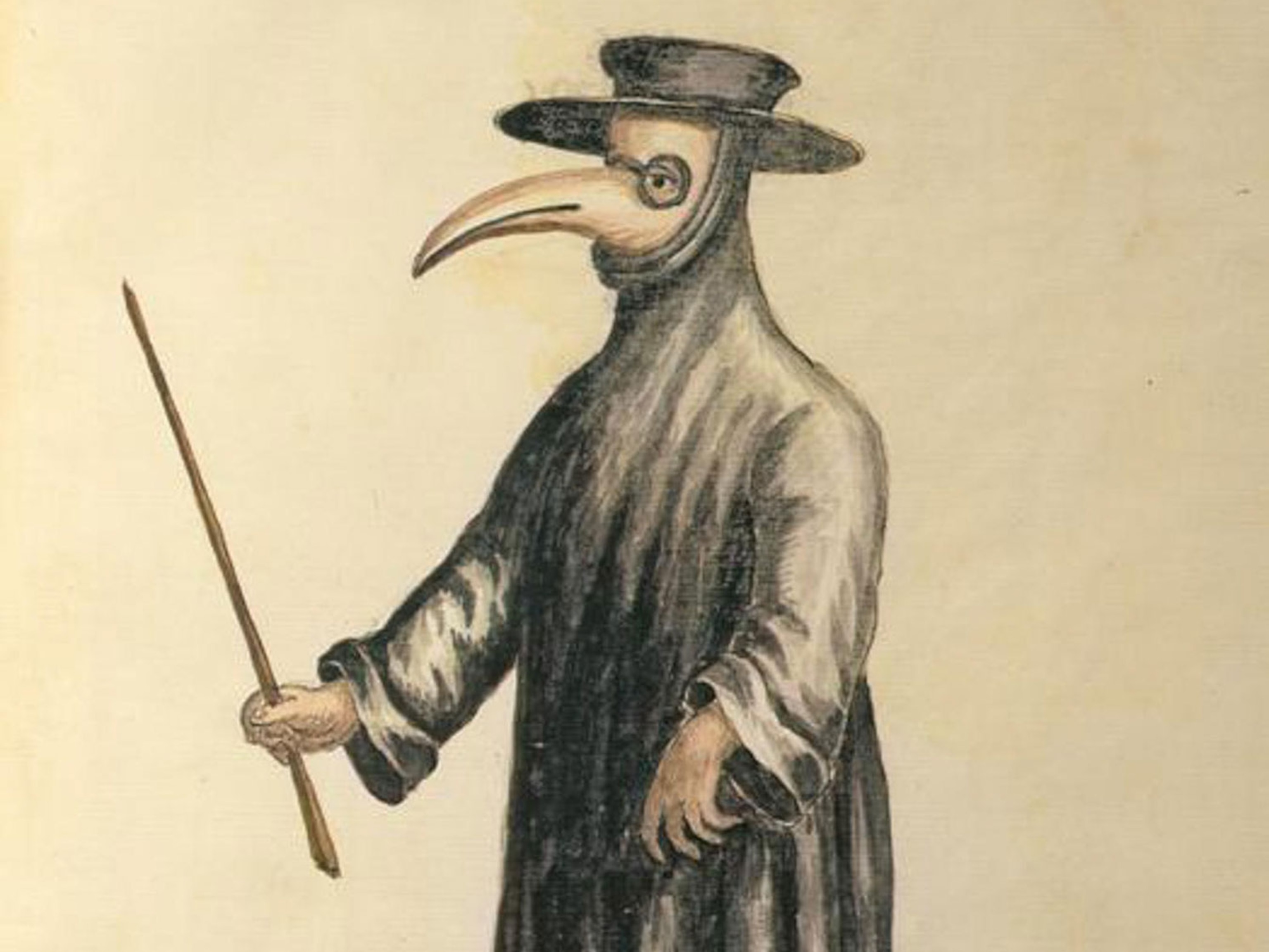
How centuries of pandemics have shaped the British monarchy
Prince Charles' positive coronavirus diagnosis joins a long list of deadly diseases to afflict the royals, including the plague, smallpox, and the flu.
Prince Charles, heir to the British throne, has tested positive for COVID-19. His office announced this week that the Prince of Wales has mild symptoms and is currently self-isolating at his home on the royal Balmoral estate in Scotland along with his wife, Camilla, the Duchess of Cornwall, who tested negative for the disease caused by the novel coronavirus.
Though Prince Charles is the first member of the British royal family to have tested positive in this outbreak, he’s far from the first royal to suffer during a pandemic. From the Black Death in the 14th century to Spanish Flu in the 20th, deadly diseases do not discriminate. Members of the British royal family have both succumbed and survived through pandemics—in some cases, changing the course of history.
The plague
One of the deadliest diseases in human history, the bubonic plague is a bacterial infection that can leap from animals to humans. While plague pandemics have occurred since around A.D. 542, the most famous began in 1334 with the Black Death outbreak, which ravaged Asia and Europe, killing as many as 25 million people. It was ruthless in its spread—and the royal family were not spared.
Edward III, crowned king of England in 1327, was the first royal to lose a family member to the Black Death. In 1348, his 14-year-old daughter Joan contracted the plague during her journey to Spain to marry Pedro of Castile—whose father, King Alfonso XI, would die from the plague two years later while attempting to retake the town of Gibraltar from the Moors.
Outbreaks of bubonic plague would continue to ravage Britain. Nearly 50 years later, Edward III’s grandson also lost a loved one to the plague. In 1394, King Richard II was stricken with grief when his wife, Queen Anne of Bohemia, succumbed to the plague. Known for her gentleness, Anne had been given the moniker “Good Queen Anne” and was so beloved by her husband that he ordered Sheen Palace, where she had died, to be demolished.
Recent evidence suggests that the plague struck the British royal family again nearly a century later. In 1492, Elizabeth Woodville—queen consort of Edward IV and grandmother of Henry VIII—was buried with curiously little ceremony: Only five attendants accompanied her casket, and she was buried without any funeral rites. In 2019, a 500-year-old letter discovered in England’s National Archives pointed to the plague as her cause of death—possibly explaining her modest funeral as well as her grandson’s lifelong fear of disease.
Smallpox
Even deadlier than the plague, smallpox was a highly contagious disease caused by the variola virus that produced pustular bumps all over the bodies of those affected. Though smallpox had been around Europe for centuries—in 907, King Alfred the Great’s daughter seems to have survived the disease—an outbreak in the 16th century potentially changed the course of history.
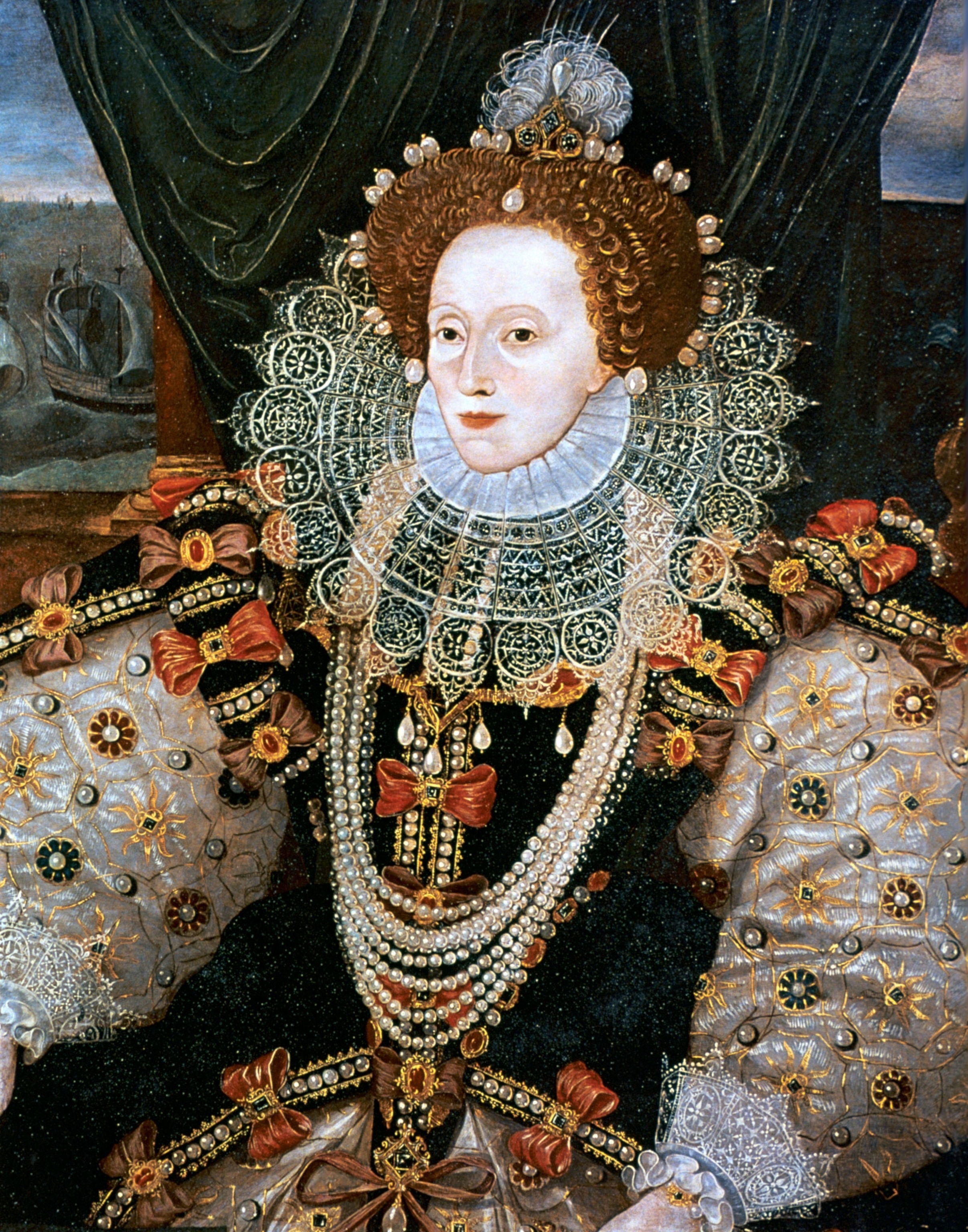
In 1552, King Edward VI, the only legitimate son of Henry VIII, was just 14 when he fell sick with smallpox and measles. Though he recovered quickly from the diseases, the young monarch died the following year from tuberculosis, which has been attributed to his compromised immune system. There were no surviving male heirs, and the throne turned first to his half-sister Mary then, upon her death in 1558, to Queen Elizabeth I—perhaps the most famous smallpox victim.
By 1562, smallpox had become an epidemic that seemed to mostly affect “aged folks and ladies.” It wasn’t just a life-threatening disease, but it could also leave survivors badly disfigured. Queen Elizabeth I was just 29 when she developed a violent fever that turned out to be smallpox. Those around her believed she would die—as did she, later telling a parliamentary delegation, “Death possessed every joint of me.”
Queen Elizabeth I survived, though the disease left scars that she famously covered in lead-based makeup, and she went on to preside over a golden age marked by William Shakespeare and England’s rise as a superpower.
More than a hundred years later, though, smallpox claimed the life of a different British monarch. Queen Mary II—who ruled jointly with her husband, William III, after the bloodless coup known as the Glorious Revolution of 1688—died of smallpox in her bedchamber in 1694 at age 32. She was one of several world rulers killed by the disease, including King Luis I of Spain in 1724, Tsar Peter II of Russia in 1730, and King Louis XV of France in 1774.
Influenza
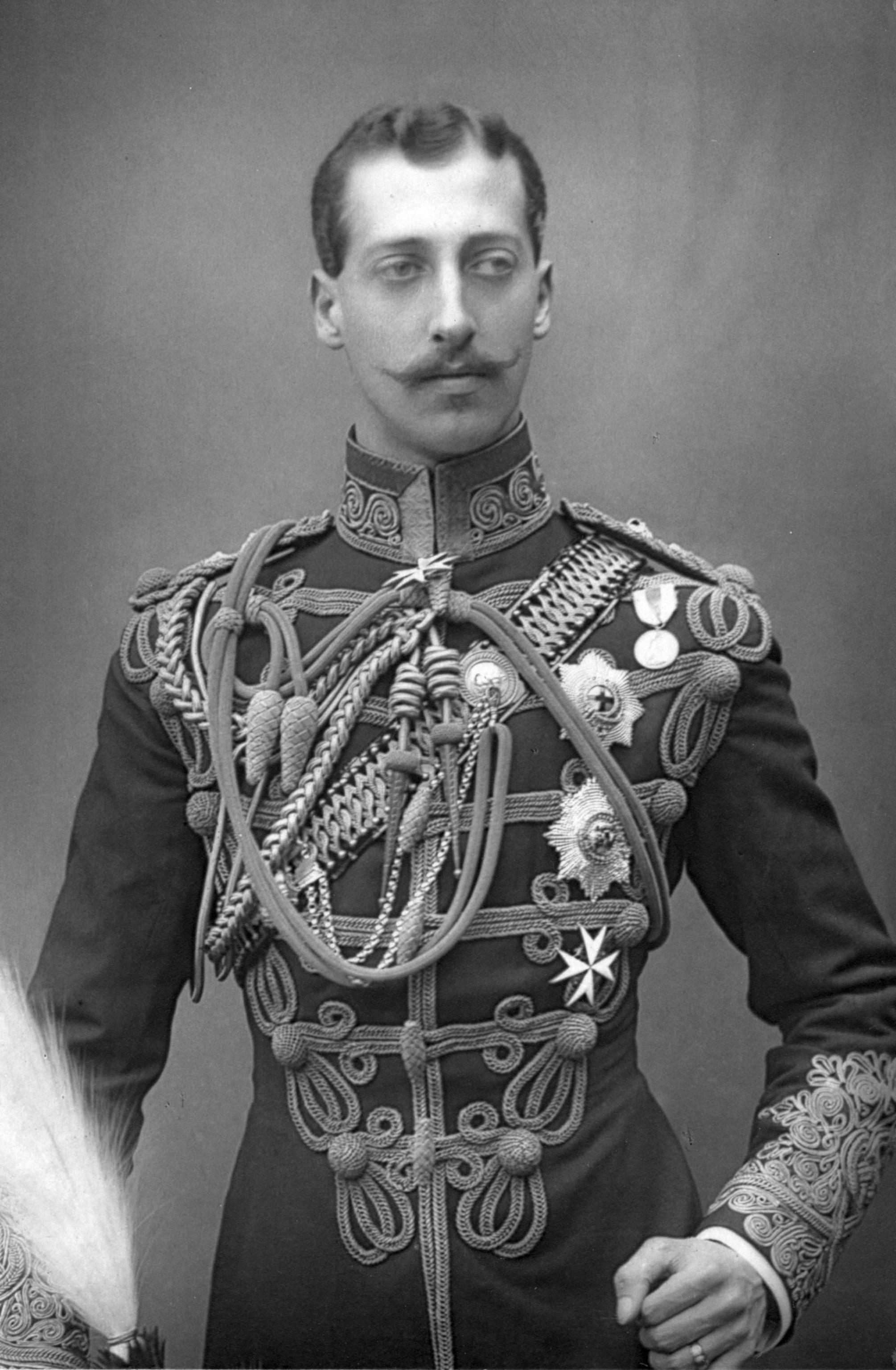
Though it might be as common as the cold, influenza has been known to cause global catastrophes. Caused by a highly infectious virus, influenza is a respiratory illness that spreads easily through coughing and sneezing and causes pneumonia. While our bodies can generally handle these viruses, they sometimes mutate—paving the way for a pandemic to occur. Since the 18th century, the flu has caused a dozen pandemics and taken the lives of millions.
In 1889, an influenza outbreak that originated in St. Petersburg spread across Europe in what would become known as the “Russian flu” pandemic. The flu hit London in three waves, each worse than the one before. In 1892, the third wave, influenza afflicted the royal family when Prince Albert Victor, grandson of Queen Victoria and second in line for the throne, came down with the flu the day before his 28th birthday. He died within a week, ultimately paving the way for his younger brother George V to become king in his stead.
His death was a second major blow to Queen Victoria, who had fallen into a deep depression after her husband, Albert, had died in 1861 of what has been arguably attributed to typhoid fever. Her grief was so great that the Queen remained in mourning for the rest of her life.
Not three decades later, another influenza pandemic—the most catastrophic yet—struck the royal family and the world. Known as the 1918 Spanish Flu—though the first recorded cases were in the United States—it infected a third of the world’s population and killed as many as 50 million people. One of its most famous survivors was King George V, who came down with the flu in May 1918—though he seems to have fared better than his prime minister, David Lloyd George, who nearly died from the disease.
Legacy
Pandemics have shaped history in many different ways. But the losses the royal family has suffered to the hands of pandemics offer a tangible example of how a disease can change the course of history: Not just through disrupting lines of succession but as a wake-up call.
Prince Albert Victor’s death in the late 19th century was one such wake-up call for the British public. In 2019, the Museum of London opened an exhibit highlighting the vulnerability of modern cities to epidemics—with Queen Victoria’s mourning dress on prominent display. As co-curator Vyki Sparkes explained at the time, the prince’s sudden death shocked the nation and proved that no one is immune from an outbreak. “It changed the course of history with his younger brother becoming king, King George V,” she told the Belfast Telegraph. “But it also changed the way epidemics were seen.”
